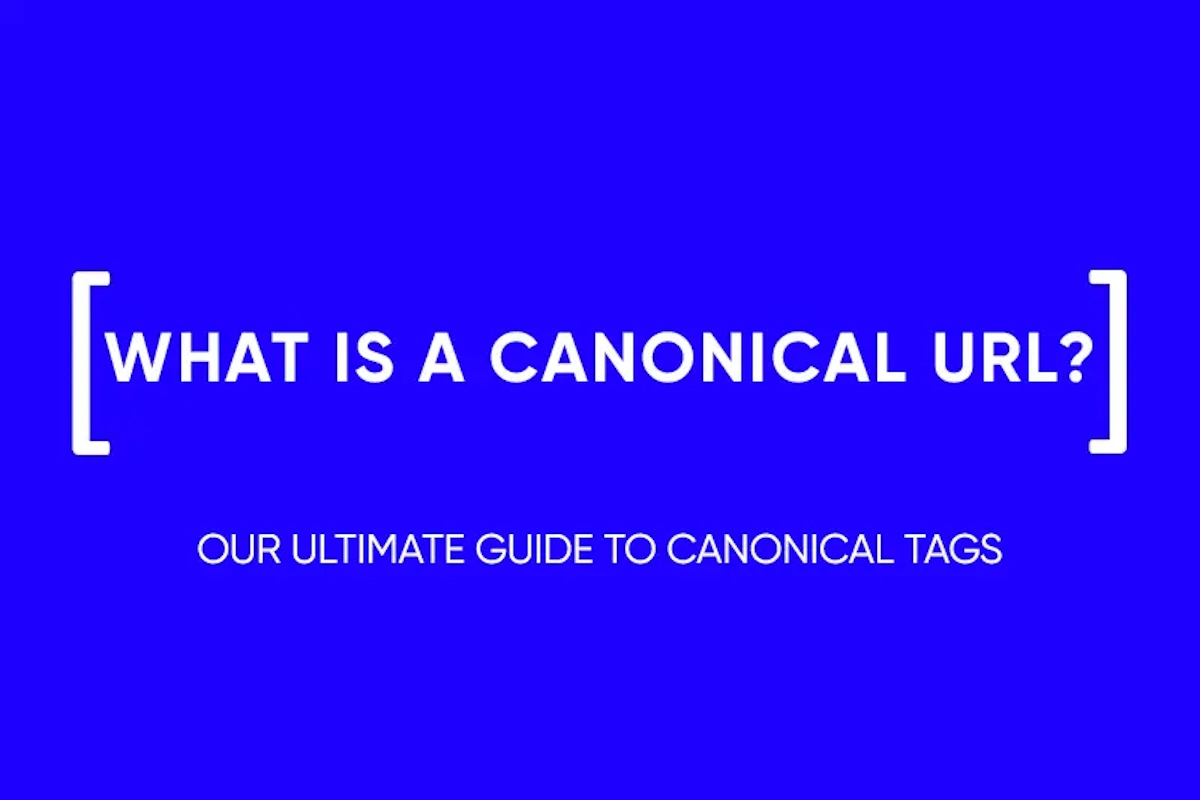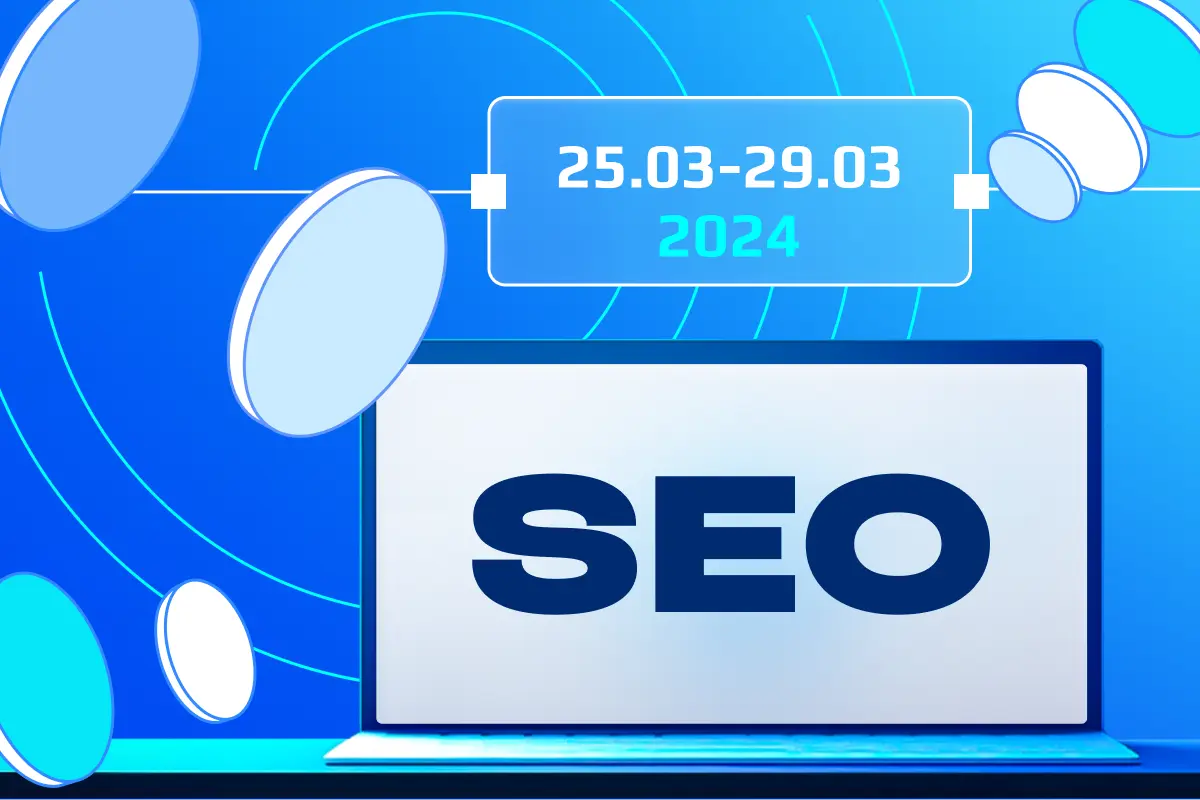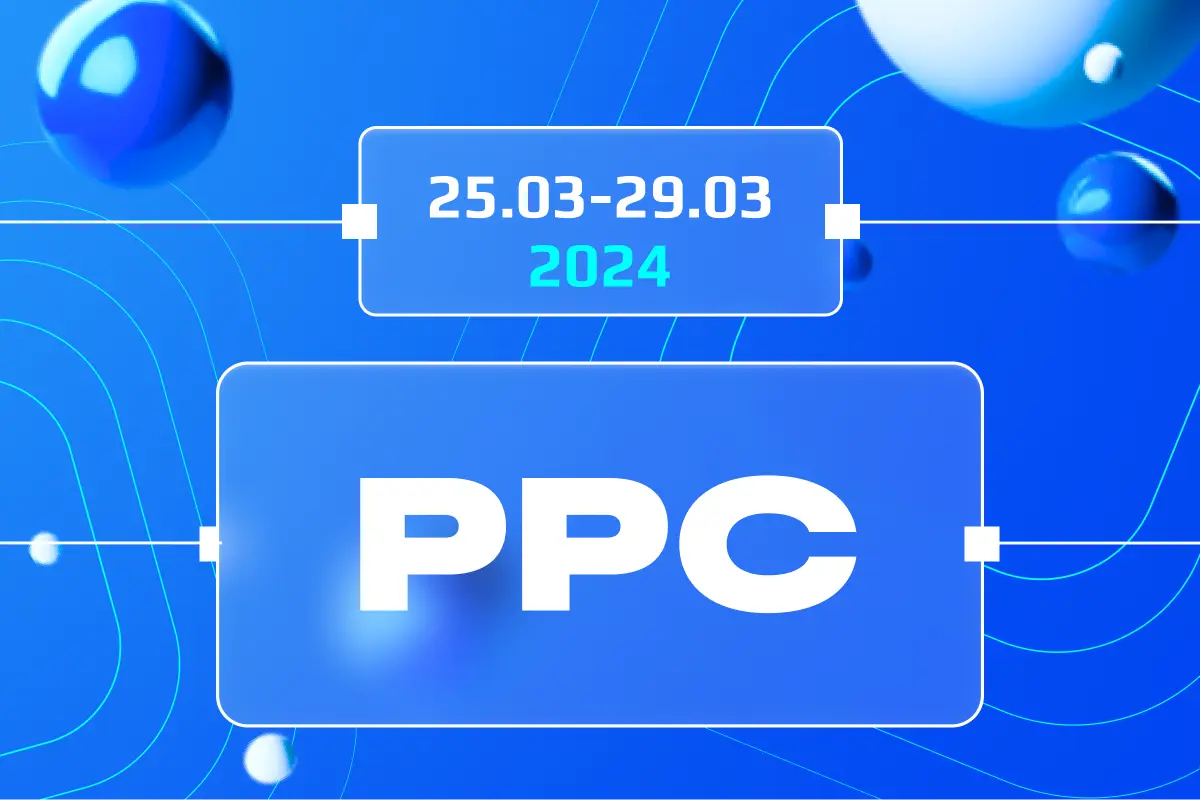How to Create a Successful Email Marketing Campaign
What Is an Email Marketing Campaign?
An email marketing campaign is a coordinated set of email messages sent to a specific audience over a set period with a specific purpose. The essence of email marketing campaigns lies in their ability to communicate tailored messages directly to individuals who have shown interest in your brand or products. Unlike broad-spectrum advertising, email campaigns are personal, targeted, and can be customized for various segments of your audience. The effectiveness of an email marketing campaign hinges on its ability to deliver relevant content that resonates with the recipient, ultimately leading to increased engagement, loyalty, and sales.
How Emails Impact Your Marketing Strategy
Emails play a crucial role in a holistic marketing strategy. They offer a direct line of communication to your audience, making them an invaluable tool for building relationships. Emails can be used to nurture leads, provide valuable content, announce new products or services, and encourage repeat business. Their versatility allows them to support and enhance other marketing efforts, such as social media or content marketing, creating a unified brand experience for customers. The data gathered from email campaigns, such as open rates and click-through rates, provide insightful metrics to refine your overall marketing strategy.
Top 6 Benefits of Email Marketing
1. Increase Brand Awareness
Email marketing is an effective way to increase brand awareness. Regular, consistent email communication keeps your brand at the forefront of your customers’ minds. This repeated exposure helps reinforce your brand identity and values, making it more likely that customers will turn to you when they need the products or services you offer.
2. Generate Website Traffic
Email campaigns can significantly boost traffic to your website. By including links to your website in your emails, you encourage recipients to visit your site to learn more about your offerings, read your blog posts, or take advantage of special promotions.
3. Drive Sales and Revenue
Emails directly contribute to sales and revenue generation. Promotional emails, special offers, and personalized product recommendations can entice subscribers to make a purchase. Well-timed and relevant emails can effectively convert leads into customers and one-time buyers into loyal fans.
4. Boost Other Marketing Channels
Email marketing complements and amplifies the effectiveness of other marketing channels. For example, you can use emails to promote your social media content, or include user-generated content from social media in your emails. This cross-channel promotion enriches the customer experience and maximizes your marketing efforts.
5. Keep Customers Engaged
Regular email communication helps keep your customers engaged with your brand. Whether it’s through informative content, industry news, or updates about your products and services, consistent emailing keeps your audience informed and interested in what you have to offer.
6. Gain Valuable Business Data
Email marketing campaigns generate a wealth of data about customer preferences and behavior. This data is invaluable for understanding your audience better and tailoring your marketing strategies to meet their needs. Insights gleaned from email analytics can inform decisions across your entire marketing strategy, ensuring that every initiative is data-driven and customer-focused.
Types of Email Marketing Campaigns (+ Examples)
Welcome Emails
Welcome emails are the first step in building a relationship with new subscribers. They set the tone for future communications and typically include a warm greeting, an introduction to the brand, and, often, a special offer or incentive. For example, a retail brand might send a welcome email with a discount code for the first purchase.
Newsletter Emails
Newsletters are regular emails sent to subscribers, usually containing a mix of content like company news, insights, and industry updates. A tech company, for instance, might send a monthly newsletter featuring the latest tech news, product updates, and expert articles.
Promotional Email Campaigns
These campaigns are designed to promote specific products, services, or events. They often include special offers, discounts, or limited-time deals. For example, a travel agency might send emails about exclusive holiday package deals.
Cart Abandonment Emails
These emails target customers who have added items to their online shopping cart but did not complete the purchase. A cart abandonment email might remind the customer of what they left behind and possibly offer a discount to encourage completion of the purchase.
Seasonal Marketing Campaigns
These are timed around specific seasons or holidays, like Christmas or Black Friday. Retailers, for instance, might send emails featuring holiday-themed products or special holiday discounts.
Other Email Marketing Campaign Types
This category includes a variety of specialized emails, such as re-engagement campaigns to reconnect with inactive subscribers, milestone emails celebrating a subscriber’s birthday or anniversary with the brand, and feedback request emails to gather customer opinions.
Step-by-Step Guide To Creating an Email Marketing Campaign
Step 1. Build a Targeted Email List
The foundation of any email campaign is a solid email list. This involves collecting email addresses from potential customers who are genuinely interested in your brand. Methods include sign-up forms on your website, during purchases, or at events.
Step 2. Know Your Goals
Define what you want to achieve with your email campaign. Goals could range from boosting sales, increasing website traffic, to improving customer engagement. Clear goals will guide the content and structure of your emails.
Step 3. Understand Email Types
Familiarize yourself with different types of email campaigns and choose the one that aligns with your goals. Whether it’s a newsletter, promotional email, or a welcome series, each type serves a specific purpose and appeals to different segments of your audience.
Step 4. Know Your Audience
Understanding your audience is crucial for crafting effective email campaigns. Gather data on your subscribers’ demographics, interests, purchasing behavior, and engagement with previous emails. This information helps in segmenting your audience and personalizing messages, ensuring that the content is relevant and appealing to each segment.
Step 5. Use Technology Wisely
Leverage email marketing software and tools to automate processes, manage your email list, and personalize content. Technologies like AI can help in optimizing send times, segmenting lists, and even predicting the best content for different audience groups. Ensure the technology you choose integrates well with your other marketing tools and analytics platforms.
Step 6. Plan Emails and Followups
Develop a strategy for your email campaign, including the frequency of emails and the type of content to be sent. Plan follow-up emails based on customer actions, like a second email for non-openers or a special offer for those who clicked a link in the initial email. A well-planned sequence keeps your audience engaged and drives them towards the desired action.
Step 7. Craft Your Subject Line
The subject line is your first, and sometimes only, chance to capture the recipient’s attention. It should be compelling, clear, and concise, reflecting the content of the email. Personalizing the subject line, or using action-oriented language, can significantly increase open rates.
Step 8. Write the Copy
The content of your email should be engaging, informative, and aligned with your goals and audience preferences. It should have a clear call-to-action (CTA) guiding readers on what to do next. Keep the tone consistent with your brand voice and ensure the copy is free from errors and easy to read.
Step 9. Focus on Email Marketing Design
The design of your email should complement the copy and enhance the overall message. Use a clean, responsive design that works well on both desktop and mobile devices. Include visually appealing elements like images or graphics, but ensure they don’t overshadow the text content. The layout should guide the reader’s eye towards the CTA.
Step 10. Test and Track
Before launching your campaign, test different elements like subject lines, email designs, and CTAs to see what works best. Once your campaign is live, track key metrics like open rates, click-through rates, conversions, and unsubscribe rates. Analyzing these metrics provides insights into the effectiveness of your campaign and areas for improvement. Continuously testing and tracking helps in refining your email marketing strategy over time.
Tips to Create a Successful Email Marketing Campaign
1. Choose a Relevant Email List
Selecting the right email list is fundamental to the success of your campaign. Ensure your list is up-to-date, segmented according to subscriber preferences, and consists of individuals who have opted in to receive your emails. This not only improves engagement rates but also maintains the integrity of your email marketing efforts.
2. Design Your Email
The design of your email should align with your brand identity and be visually appealing to your audience. Ensure that the design is mobile-friendly and accessible. Use a clean layout, attractive graphics, and a balanced mix of text and images. Remember, the design should complement your message, not distract from it.
3. Personalize Your Email Subject Line and Content
Personalization can significantly increase the effectiveness of your email campaigns. Customize the subject lines and content based on the recipient’s name, past interactions, preferences, or purchasing history. Personalization makes the recipient feel valued and increases the likelihood of engagement.
4. Be Conversational
Adopt a conversational tone in your emails to create a more personal and engaging experience for the recipient. This approach makes your brand more relatable and encourages a two-way conversation. Use language that resonates with your audience, and avoid jargon or overly formal tones.
5. Create Follow-Ups
Develop a strategy for follow-up emails to maintain engagement and keep your audience interested. Follow-ups can be triggered by specific actions taken by the recipient, such as opening an email or clicking a link. These emails should provide additional value and gently nudge the recipient towards the desired action.
6. Send Emails from a Real Person
Sending emails from a real person, rather than a generic company email address, can increase open rates and trust. Personalizing the sender’s name adds a human touch and makes the email feel less like a marketing message and more like a personal communication.
7. A/B Test Your Emails
Conduct A/B testing (split testing) to determine what works best with your audience. Test different aspects of your email, such as subject lines, email content, layouts, and call-to-action buttons. This will help you understand your audience’s preferences better and optimize future campaigns for higher engagement and conversion rates.
8. Follow Email or Spam Regulations
Compliance with email and spam regulations, like CAN-SPAM Act and GDPR, is essential. These laws dictate how you collect email addresses, require you to provide a clear way for subscribers to opt-out, and regulate the content of your messages. Adhering to these regulations not only keeps your campaigns legal but also helps maintain your brand’s credibility and trustworthiness.
9. Track the Success of Your Email Campaigns
Monitoring and analyzing the performance of your email campaigns is vital for understanding their impact and improving future efforts. Key metrics to track include open rates, click-through rates, conversion rates, bounce rates, and unsubscribe rates. Use this data to gauge the effectiveness of your campaigns, identify trends, and make data-driven decisions to enhance future email strategies.
Email Campaign Services
There are various email campaign services available that offer tools and features to streamline and optimize your email marketing efforts. These services provide templates, automation capabilities, list management, analytics, and more. Some popular options include Mailchimp, Constant Contact, and SendGrid. Choosing the right service depends on your business needs, the size of your email list, and the complexity of your campaigns.
Conclusion
Effective email marketing campaigns are a blend of art and science. By understanding your audience, crafting engaging content, personalizing your messages, and using the right tools and strategies, you can create campaigns that not only reach your audience but also resonate with them. Remember to track your results, adhere to regulations, and continuously refine your approach. With these practices in place, email marketing can be a powerful tool in your digital marketing arsenal, driving engagement, building relationships, and boosting your business’s bottom line.
and stay up-to-date with the latest news about our platform and affiliate marketing.




